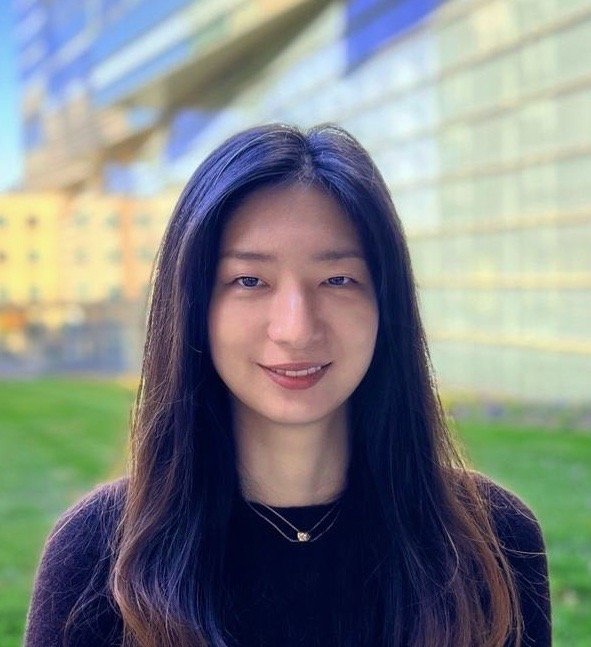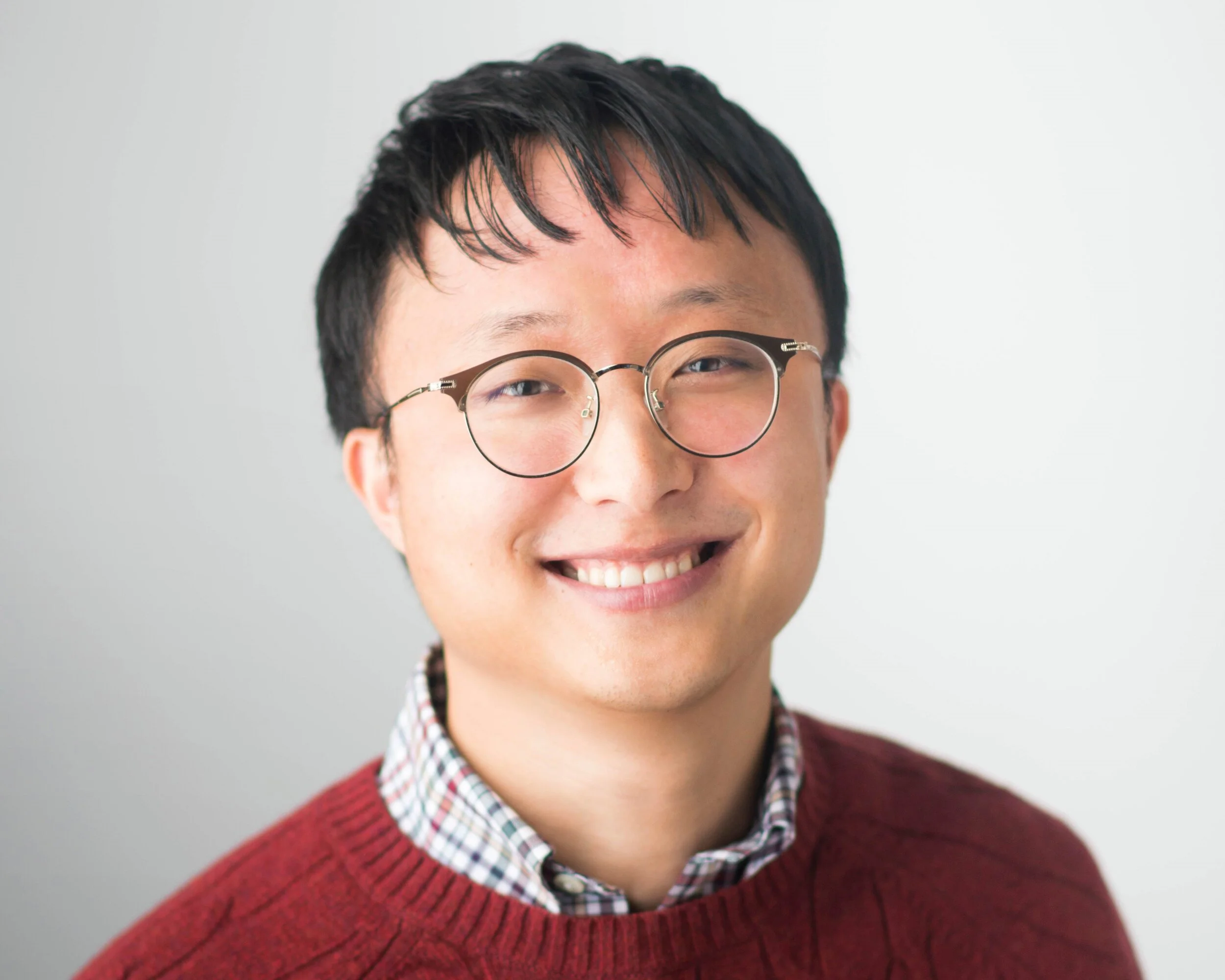University of Iowa
Neural correlates of semantic structure in children who are hard of hearing
Mild to severe hearing loss places children at risk for delays in language development. One aspect of language that is affected is vocabulary development; children who are hard of hearing tend to know less about word meanings than their typical hearing peers. This gap in vocabulary skills is crucial because vocabulary is one of the strongest predictors of academic achievement. Therefore, it is essential to examine factors that are both: 1) amenable to change through intervention, and 2) influence vocabulary knowledge, in order to help close the vocabulary gap. One such factor is semantic memory structure (i.e., how the brain groups concepts with common properties). In essence, semantic structure determines how individuals understand and interact with the social and physical world. Yet, very little is known about how children with hearing loss structure semantic information in the brain. This project addresses a critical need by characterizing semantic structure in the brains of children who are hard of hearing, and results will inform vocabulary interventions. Given the predictive validity of vocabulary knowledge for academic achievement, improving vocabulary understanding in children with hearing loss has the potential to impact all aspects of language (form, content, and use).
















